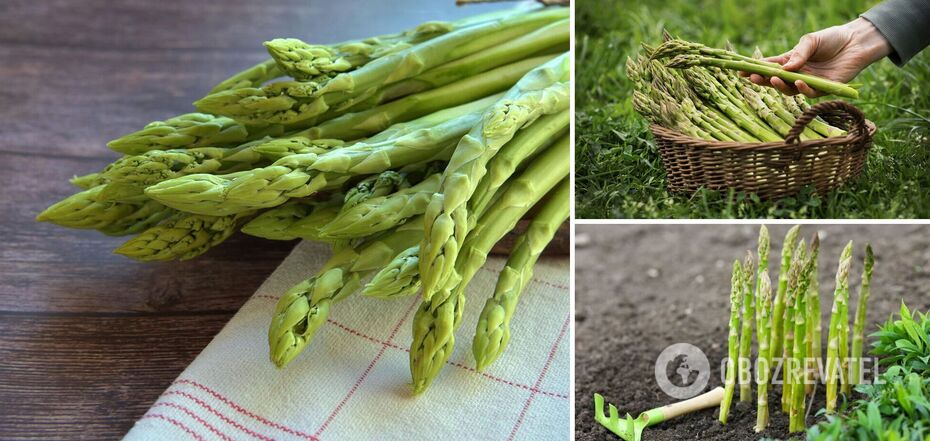Life
Frost is not a problem: how to grow asparagus at home
Asparagus is one of the healthiest vegetable crops. This perennial plant is easy to care for, but the first harvest can be harvested only in the third year after planting.
Asparagus can be grown in two ways: by sowing seeds into the ground or by planting seedlings. Regular watering, weeding, and fertilizing are the three pillars of healthy asparagus growth. Usually, the crop ripens in April-May. Young sprouts are delicate in taste, rich in vitamins, minerals and fiber, and can be steamed, grilled or cooked in the oven. How to grow asparagus at home, told the publication Better Homes and Gardens.
How to grow and care for asparagus
Asparagus grows in different climatic conditions, but it develops best in temperate climates. Frosty winters will not be a threat, because the plants die off in the cold season to give new shoots in the spring. For asparagus, you should choose a sunny bed.
Asparagus is native to the Mediterranean, so it prefers light soil with free drainage. The plant has a branched root system that can grow by 1.5-2 meters. Before planting asparagus, compost, manure, and lime should be added to the garden bed to increase the pH level and make the soil looser. A little gypsum can be added to clay soil.
Asparagus should be watered regularly, especially in summer.
How to plant asparagus for the first time
Step 1
Dig a trench about 20 cm deep and 20-30 cm wide. Set the asparagus crowns about 30-50 cm apart. If you are planting seeds, soak them in warm water before planting.
Step 2
Cover the seedlings with soil to about 5 cm. Compact and water well. It is best to transplant seedlings in late May and early June. The first seedlings should appear in a month.
Step 3
Water the asparagus regularly and feed it periodically in the summer with a fertilizer with a high nitrogen content to stimulate the growth of the top. In winter, cut off the dry yellow base to just above ground level. You can protect the plant with a 5 cm thick layer of peat or sawdust. In late winter, fertilize again to stimulate shoot growth. In the first year after planting, you do not need to cut off the tops. Clean the bed of weeds regularly.
With proper care, asparagus can produce crops for 15-20 years.
What are the benefits of eating asparagus
- Asparagus does not contain fat and cholesterol, so it is useful for a healthy diet.
- Asparagus is rich in fiber, B vitamins thiamine, riboflavin, niacin, B6 and biotin.
- The plant is an excellent source of folic acid, which is important for expectant mothers and useful for reducing the risk of heart disease.
- One serving of asparagus provides about a quarter of our daily vitamin C needs.
- Asparagus has an excellent set of biologically active compounds, such as antioxidants, rutin and beta-carotene.
- Asparagus contains potassium and the compound nicotianamine, which help maintain blood pressure.
Earlier, OBOZREVATEL told you how to choose, store, and cook healthy asparagus.
Subscribe to OBOZREVATEL's Telegram and Viber channels to keep up with the latest developments.



























